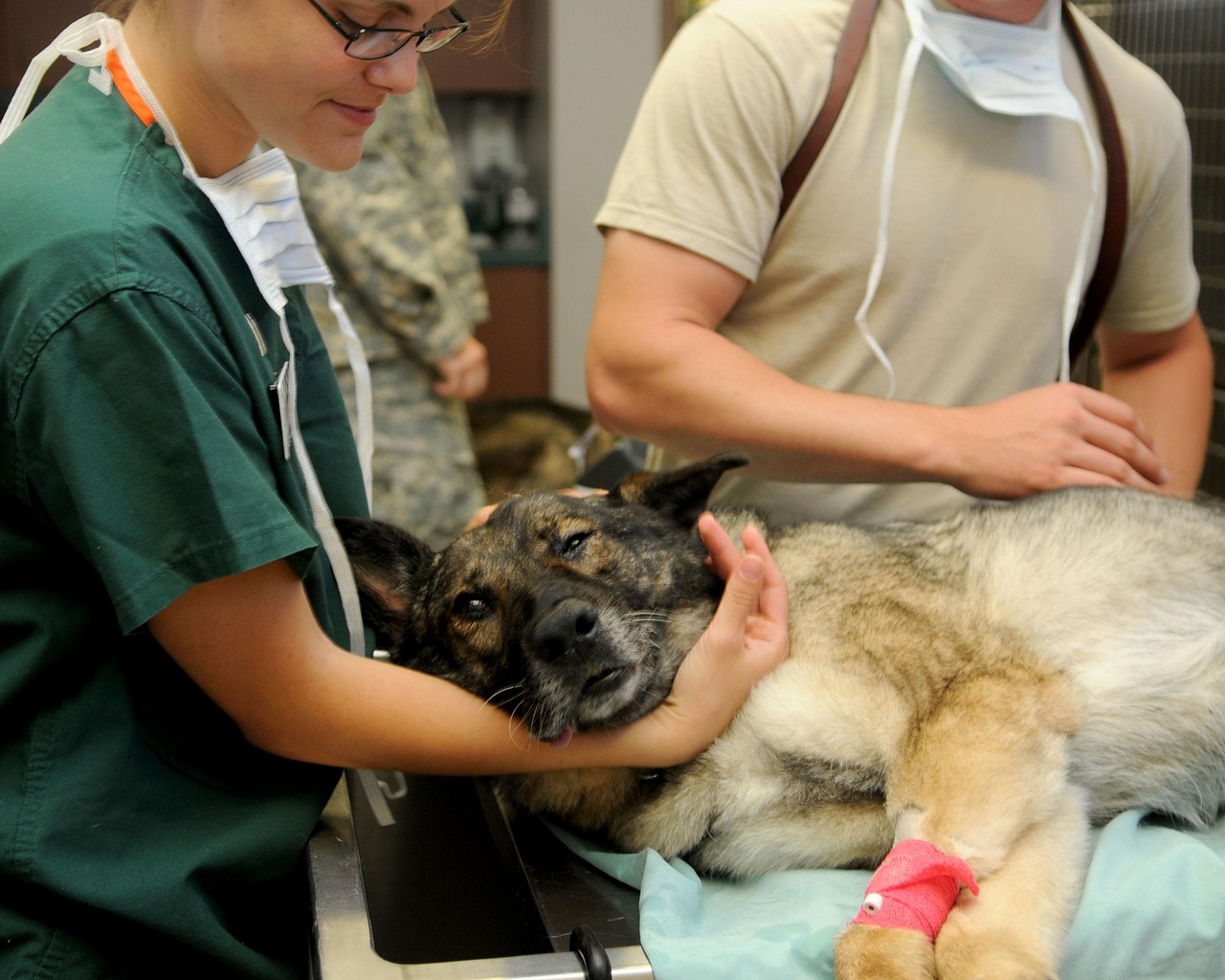Four years in a Doctor of Veterinary Medicine (DVM or VMD) program, a national licensing exam, and hundreds of hours of hands-on animal work becoming a veterinarian is a structured, multi-year path with clear checkpoints. From chemistry labs to surgical rotations to state-by-state licensing rules, each step filters for scientific rigor, clinical skill, and ethical judgment.
If you’re wondering what education is required to be a veterinarian, the short answer is: earn an accredited DVM/VMD, pass the NAVLE, and meet your state’s licensing and continuing education rules. The longer answer courses, hours, costs, and specialty options matters for planning and trade-offs.
The Core Path: Degrees, Accreditation, and Licensure
In the U.S. and Canada, the standard credential is a DVM (or VMD at the University of Pennsylvania) from a program accredited by the AVMA Council on Education. The DVM is a four-year professional degree. Many students complete a bachelor’s first, but strictly speaking, most schools require specific prerequisite coursework rather than a particular major.
Accreditation is not a formality: graduating from an AVMA-accredited school streamlines licensure in the U.S. and Canada and is recognized by many jurisdictions abroad. There are over 50 AVMA-accredited veterinary colleges worldwide, including some outside North America; attending one of these programs can expand options for residents of countries with few seats.
Licensure generally requires passing the North American Veterinary Licensing Examination (NAVLE) and meeting state or provincial requirements (e.g., jurisprudence exams, background checks, fees). First-time NAVLE pass rates for graduates of accredited schools commonly exceed 85%, though rates vary by cohort and program. After licensure, you’ll maintain your license through continuing education (CE) often 15–45 hours every 1–3 years, depending on the jurisdiction.
AVMA Council on Education: Graduation from an accredited program is the most direct route to licensure in the U.S. and Canada.
Getting In: Coursework, Experience, and Application Reality
Most applicants spend 3–4 years completing undergraduate prerequisites and related experience. While a bachelor’s degree is typical, a minority enter after 2–3 years if they’ve completed prerequisites. Admissions are competitive, with programs often seeing several applicants per seat, so academic metrics and animal experience both matter.
Typical Prerequisites
Expect at least one year of biology with labs; general and organic chemistry with labs; biochemistry; physics; college-level math or statistics; and English/communication. Many schools add microbiology, genetics, and sometimes animal nutrition. Lab components are often required, and science credits older than 5–10 years may need updating. AP credits may or may not satisfy requirements check each school’s policy.
Competitive Profile
Competitive GPAs often sit at 3.4–3.8 (science and cumulative), but schools evaluate trends (upward improvement helps) and course rigor. Relevant experience veterinary-supervised hours and animal care carries substantial weight. Schools may require or recommend 100–500 hours; successful applicants frequently report 1,000–2,000 hours across varied settings (small animal, large animal, shelter, research). Strong letters from veterinarians and science faculty are pivotal.
Standardized tests have shifted. Many U.S. programs no longer require the GRE; some are test-optional or test-blind. A minority use situational judgment tests (e.g., CASPer) to assess non-cognitive skills. The application portal (often VMCAS) typically opens mid-year for admission the following fall. Submitting early helps with rolling reviews and interview scheduling. Budget for fees, score reports, and document verification.
AAVMC: An increasing number of veterinary colleges have dropped GRE requirements; applicants should review each program’s current policy.
Inside the DVM: Curriculum, Clinical Training, and Cost
The DVM is structured like other professional doctorates. Years 1–2 are preclinical: anatomy, physiology, pharmacology, pathology, immunology, microbiology, parasitology, public health, radiology, and clinical skills labs. Communication, ethics, and practice management are woven in because client counseling and medical record quality directly affect outcomes and liability.
Years 3–4 emphasize applied medicine. You’ll rotate through internal medicine, surgery (soft tissue, often some orthopedics exposure), anesthesia, emergency/critical care, radiology/ultrasound, dermatology, cardiology, and primary care. Many schools require core rotations plus electives (e.g., exotics, shelter medicine, theriogenology). Rotations are typically 2–4 weeks each; a full clinical year commonly includes 24–36 weeks of core rotations plus electives and off-site experiences (shelter spay/neuter, rural practice, or industry).
Cost varies sharply by residency status and school. In-state tuition might run roughly $25,000–$40,000 per year; out-of-state can exceed $45,000–$70,000 per year. Including fees and living expenses, a total cost of attendance of $200,000–$350,000 over four years is common. Median debt for U.S. graduates who borrow often falls around $150,000–$200,000, with outliers above $300,000, especially for out-of-state students. Scholarships, service commitments (e.g., rural practice incentives), and careful budgeting can materially reduce net cost.
Programs differ in tracking and emphasis. Some offer tracks (small animal, food animal, equine, mixed) that shape electives and external rotations. Others keep a generalist core with flexible electives. If you’re aiming for a competitive specialty (e.g., surgery, internal medicine), early exposure, strong clinical evaluations, and research or case report work can open doors to internships.
Beyond Graduation: Licensure, Specialty Paths, and Global Routes
After earning the DVM/VMD, you’ll take the NAVLE (typically during final year or just after) and apply for state licensure. Some states add a brief jurisprudence exam on local laws (prescriptive authority, reporting requirements) and may require fingerprinting. Plan for application timelines so your license activates before your first job’s start date. Employers often help with logistics, but responsibility rests with you.
Early-career training decisions hinge on your goals. Many graduates enter general practice immediately. Those targeting specialties usually complete a 1-year rotating internship, then a 3–4-year residency in an AVMA-recognized specialty (e.g., ACVS for surgery, ACVIM for internal medicine, ACVAA for anesthesia). Board certification requires documented case logs, supervisor attestations, and passing rigorous exams. The trade-off: 4–5 years of lower trainee pay versus access to tertiary-care roles, higher compensation bands, and advanced procedures.
Licensure maintenance is ongoing. States mandate CE, often 15–45 hours every 1–3 years; some specify opioid prescribing modules or in-person wet labs. Specialty diplomates also maintain certification through additional CE and periodic revalidation. If you pivot into public health, lab animal medicine, or research, degrees like an MPH, MS, or PhD can be advantageous but are not required for general practice.
International routes exist. Graduates of non-accredited schools seeking U.S. licensure typically complete the ECFVG (AVMA) or PAVE (AAVSB) certification pathways, which verify knowledge, clinical skills, and English proficiency before taking the NAVLE. Timelines and costs vary; plan for months to years. Conversely, U.S.-trained vets pursuing work abroad must check local regulatory bodies for reciprocity and additional exams.
Conclusion
The practical roadmap is: complete the undergraduate prerequisites with solid science grades; accumulate 1,000+ diverse, veterinarian-supervised hours; earn a four-year DVM/VMD from an accredited program; pass the NAVLE and your jurisdiction’s add-ons; then maintain licensure with CE. If you were simply asking “what education is required to be a veterinarian,” that’s it accredited DVM/VMD plus licensure but plan early for costs, experience, and any specialty ambitions to keep options open and debt manageable.

